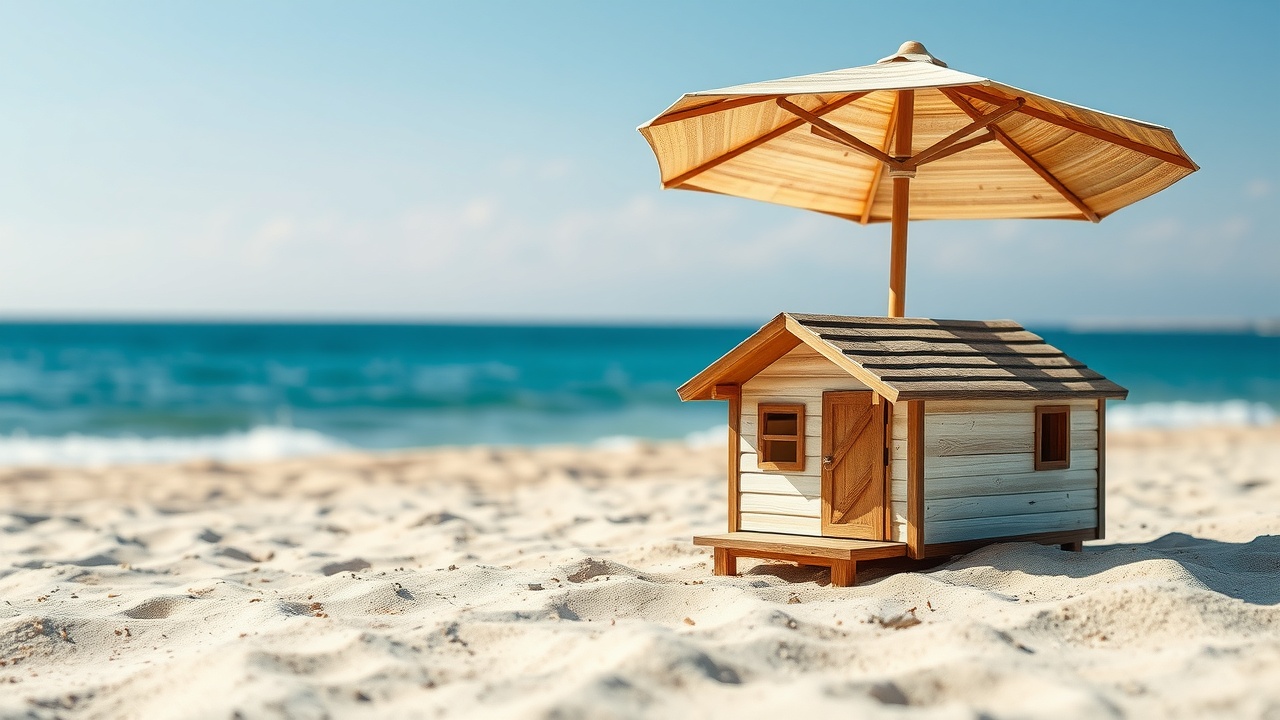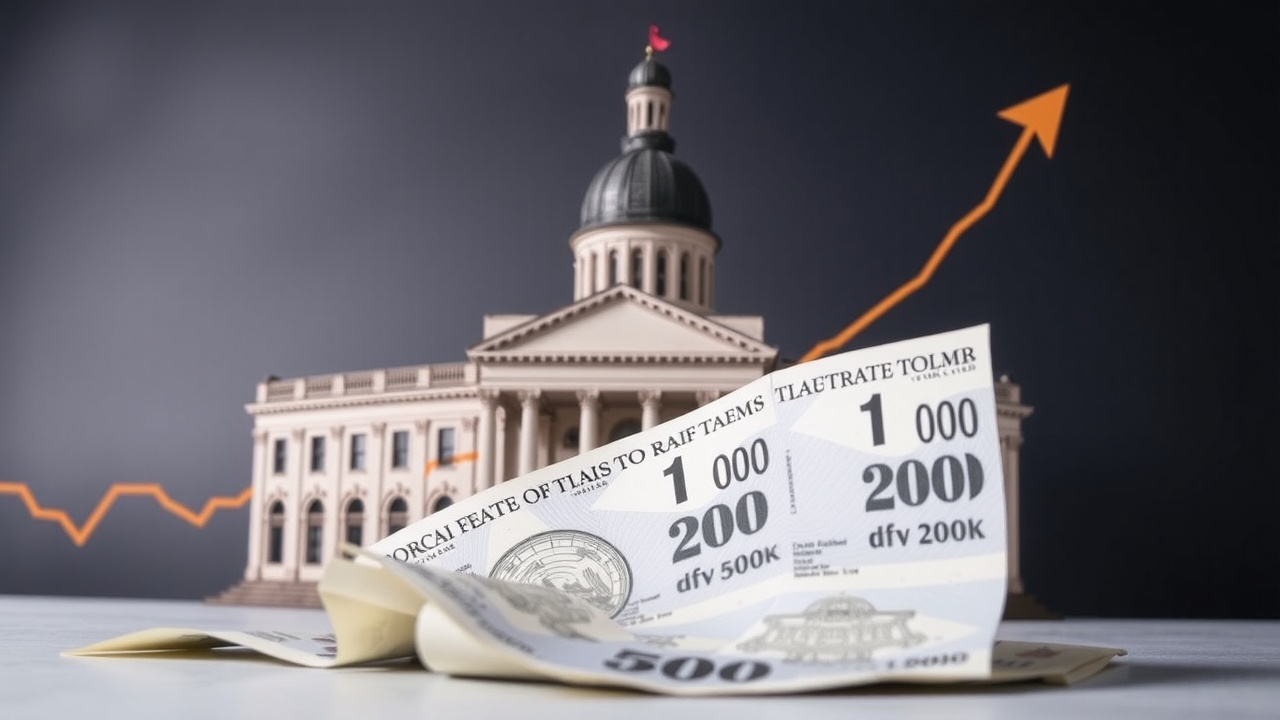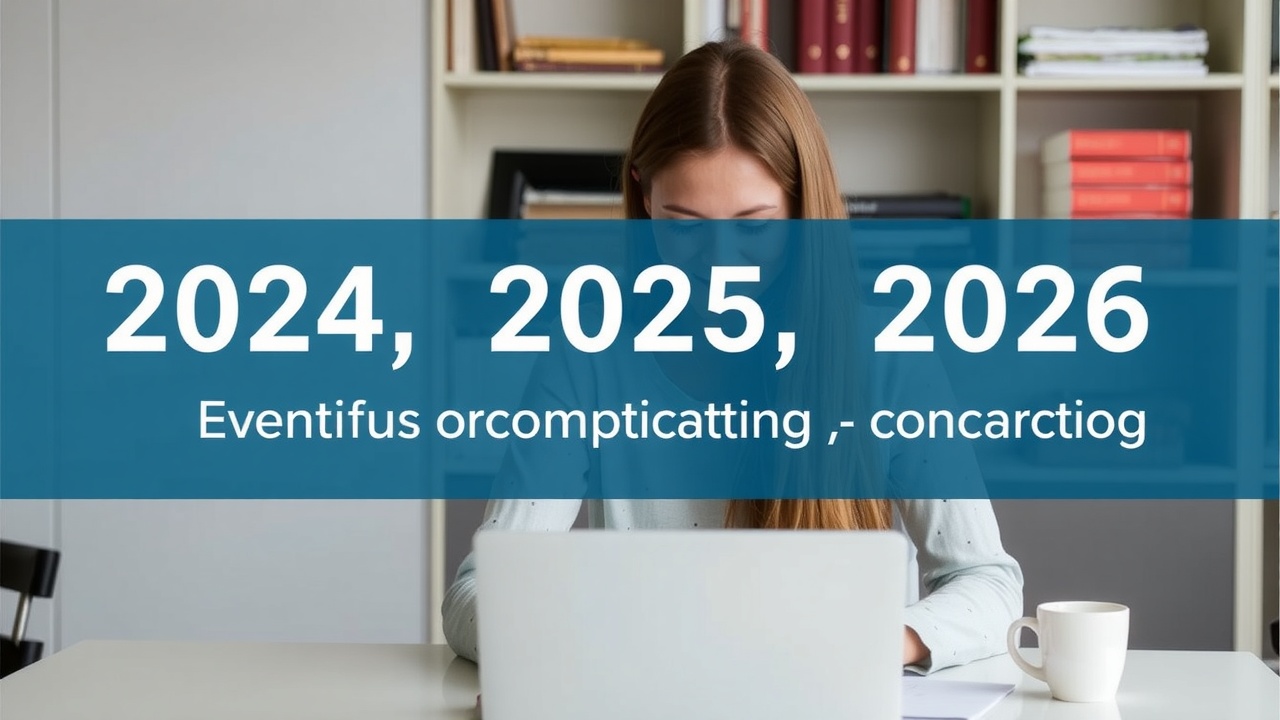
In many regions of England, second-home council taxes will increase starting in April
Similar local authority changes in Wales and Scotland are followed by this one.
When council tax bills begin to arrive this month, second home owners and real estate investors may be taken aback because local governments can now charge thousands more for extra properties.
As long as the property is not a primary residence, local governments are permitted to impose a council tax premium of up to 100% on second homes under laws that went into effect in early 2024. Councils must provide homeowners with a year's notice.
It is a further setback for real estate investors, who already have to deal with increased stamp duty fees and limitations on buy-to-let mortgage interest relief.
Since the new fees begin in April and council tax statements typically arrive in March, many second-home owners and real estate investors may see an increase in expenses starting the following month.
It is estimated that the average annual cost of a second home could increase from about 2,171 to 4,342.
In second home hotspots, the change is intended to free up housing stock for residents who might have been priced out of the area due to limited supply.
More than 150 local authorities are reportedly going to enforce the premium, especially in popular vacation destinations.
Three examples are Cumberland, South Hams, and Cornwall. Cumberland is home to the stunning Lake District, while South Hams is home to the well-known coastal town of Salcombe.
According to research published in the Local Government Chronicle, councils could receive over £100 million annually from the council tax premium.
Wales and Scotland have already implemented similar legislation. Councils have the authority to impose up to twice the full council tax rate on second homes in Scotland. The premium can reach 300 percent in Wales.
Zoopla, a real estate website, has previously suggested that changes to council taxes may be hurting home values in certain rural and coastal postal areas.
It coincides with the announcement that council tax rates for homeowners in certain areas could increase by as much as 10%.
How can I determine whether my area will be subject to the council tax premium?
Increasing the council tax on second homes has already been approved by a number of councils. These include the District Councils of East Devon, North Norfolk, North Yorkshire, Bath and North East Somerset, and others.
Visit your local council's website to see if they have voted to implement the changes. It is especially crucial to keep an eye out for any changes if you reside in a popular vacation destination, like the South West.
Entering your postcode into this government portal will take you to the appropriate website where you can find out which local authority serves you.
What kinds of properties are subject to the second home council tax?
If a property is furnished but not categorized as a person's primary residence, it is typically regarded as a second home. Nonetheless, there have been reports of misunderstandings regarding the true definition of a second home in some council areas.
The BBC revealed last year that a Pembrokeshire wooden hut, which was deemed uninhabitable, had its council tax tripled. Pembrokeshire County Council determined that the toiletless shack was substantially furnished, charging its owners a tax bill of 4,000 annually.
The Valuation Office Agency, a government agency that assists local authorities with council tax banding, and your local council should be contacted if you receive an unexpected second home tax bill for a property you believe to be exempt.
Through the government website, you can contest your council tax band or request that a property be taken off the council tax list. To back up your claims, you will need to present evidence.
How about vacation rentals, vacant houses, and buy-to-let properties?
You may be subject to different regulations if you own a second property but do not use it as a second residence.
Buy-to-let.
Council tax is not due if you own a second residence that is a buy-to-let property. The majority of the time, your tenants will be responsible for paying the fee. Thus, the second home council tax penalty will not apply to this type of residence.
Owners of "houses in multiple occupations" are exempt. E. Rooms in a house are rented out on an individual basis. Although they can include it in the rent they charge, the owner in this case is still liable for paying the council tax.
Houses are empty.
In England, an empty house premium may be applied to a vacant, unfurnished property. It must have spent a minimum of 12 months in this condition. The amount you pay will be determined by how long the property has been unoccupied.
Homes unoccupied for 15 years: premium of up to 100 percent; homes unoccupied for 510 years: premium of up to 200 percent; homes unoccupied for 10+ years: premium of up to 300 percent Until your home has been furnished and occupied for more than six weeks in a row, it will remain classified as empty.
The premium can be 100% in Scotland. Up to 300 percent may be the case in Wales.
Let's take a vacation.
You won't be required to pay council tax on your property if you fulfill the requirements to be considered a holiday let. You will instead pay business rates, which are typically less expensive.
A second home must be available for short-term rental use for at least 140 days during the tax year in England and Scotland in order to qualify as a self-catering property. It must have been rented for a minimum of seventy nights.
A vacation rental in Wales needs to be available for short-term rentals for a minimum of 252 days per year and be rented for a minimum of 182 days.
How much will my second home's council tax cost?
The price you pay will vary depending on a number of factors if your second property is categorized as a second home and does not fit into any of the aforementioned categories.
Which council tax band your second home is in, where it is located, and whether you qualify for a council tax discount In England, councils that have approved the rule change will have the authority to double council tax bills on a second home.
Band D, the standard measure, indicates that the average annual council tax bill for 2024 - 2025 will be 2,171 per year. So, if your second home is in an area that has chosen to implement the 100 percent premium, you can anticipate paying about £4,342 annually starting on April 1, 2025.
Is it possible to avoid paying council tax on a second home?
The second home council tax exemptions are few and far between. The best course of action might be to sell your property if the additional expense makes keeping your second residence unfeasible.
Your house would not be subject to council tax if you turned it into a vacation rental. However, this obviously entails limiting your use of the property and may result in all the difficulties that come with renting out a house.
Other tax changes that will take effect in April are also making furnished vacation rentals less appealing. It is anticipated that owners will no longer be eligible for some tax breaks on their property income, such as the ability to deduct mortgage interest.
Beginning in April, owners of furnished vacation rentals who choose to sell will also no longer be eligible for a lower capital gains tax rate.
In the event that you are unable to occupy your property due to extensive renovations, you may be exempt from paying council tax during that time. Additionally, inherited homes are exempt from the additional fee for a year in order to give their new owners time to finish the probate procedure. Additionally, you might be exempt if your job prevents you from residing on your property.














Leave a comment on: What is the cost of council tax for a second home?